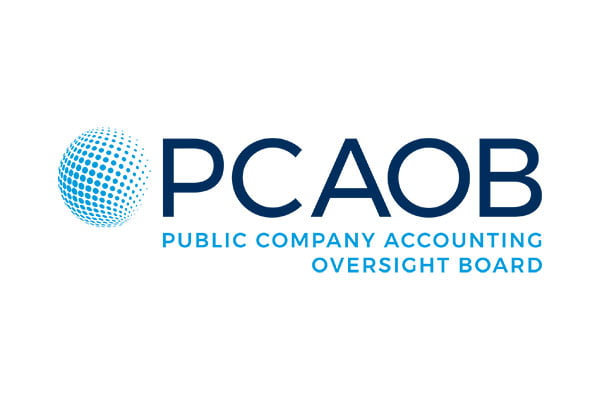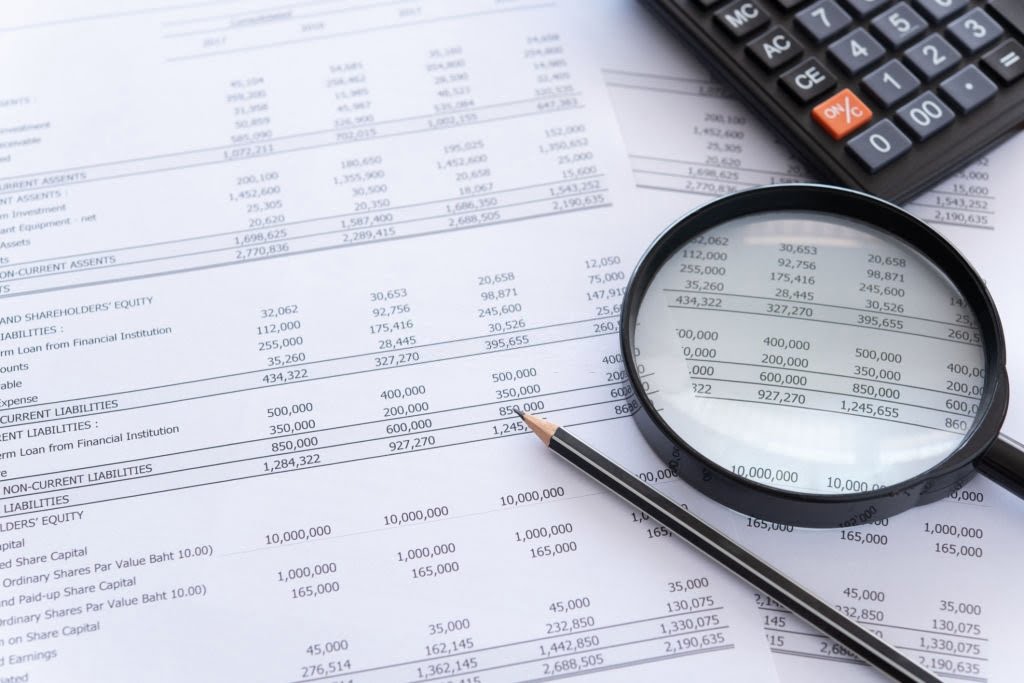Is PCAOB Part of US GAAP?
In accounting and auditing, there are two regulatory bodies, namely the Public Company Accounting Oversight Board (PCAOB) and the US Generally Accepted Accounting Principles (GAAP).
While they are both important components of financial reporting and auditing in the United States, they serve distinct roles and functions. In this article, we will explore the relationship between PCAOB and US GAAP, shedding light on their differences and commonalities.
PCAOB for Audit Quality
The Public Company Accounting Oversight Board, commonly known as PCAOB, is a regulatory body that was established in the wake of financial scandals, most notably the Enron scandal, which shook the financial world.
It was created as part of the Sarbanes-Oxley Act of 2002 to oversee the auditing of public companies. The primary mission of PCAOB is to protect investors and the public interest by ensuring that audit reports on financial statements are informative, accurate, and independent.
US GAAP: The Accounting Standards
On the other hand, US Generally Accepted Accounting Principles (GAAP) refers to the accounting standards and principles that govern how financial statements are prepared and presented in the United States.
These principles provide a framework for companies to report their financial performance in a consistent and standardized manner. US GAAP is the basis upon which financial reporting in the United States is built.

A Clear Difference
It is crucial to understand that PCAOB and US GAAP are not intertwined or part of the same regulatory framework. They serve separate but complementary purposes in financial reporting and auditing.
PCAOB's Role
The PCAOB plays a pivotal role in ensuring audit quality and setting auditing and quality control standards for public company audits. It conducts inspections of audit firms to ensure compliance with these standards.
Additionally, it investigates and disciplines registered public accounting firms and their associated persons for any violations of specified laws, rules, or professional standards.
US GAAP's Role
US GAAP, in contrast, is primarily concerned with accounting standards for financial reporting. It provides a set of principles and rules that guide how financial statements are prepared and presented by companies in the United States.
These standards are the foundation upon which investors, analysts, and other stakeholders rely to assess a company’s financial health and performance.
Interconnected Roles of PCAOB and US GAAP
While PCAOB and US GAAP have distinct roles, they are not entirely isolated from each other. There is an essential interplay between the two, given that auditors follow PCAOB standards when conducting audits of companies that adhere to US GAAP.
Auditors play a pivotal role in ensuring that a company’s financial statements are prepared in accordance with US GAAP. Thus, while the bodies themselves are separate, their functions are intertwined in practice.

In Conclusion
All in all, the primary difference between PCAOB and US GAAP lies in their focus and scope. PCAOB’s mandate is to ensure the quality and integrity of audits conducted by auditors, with a primary emphasis on audit standards and procedures.
In contrast, US GAAP focuses on the accounting standards that dictate how financial statements are created, emphasizing the accuracy and consistency of financial reporting.
While they have different purposes and functions, they collaborate to ensure the accuracy and integrity of financial reporting.
PCAOB sets the standards for auditing and monitors audit quality, while US GAAP provides the accounting principles and standards that guide how financial statements are prepared.
Together, they form a critical framework that underpins the transparency and reliability of financial information for investors and the public.
Therefore, PCAOB is not part of US GAAP, but they work in tandem to ensure that financial reporting and auditing maintain the highest standards of quality and accuracy, building trust in the world of finance.















